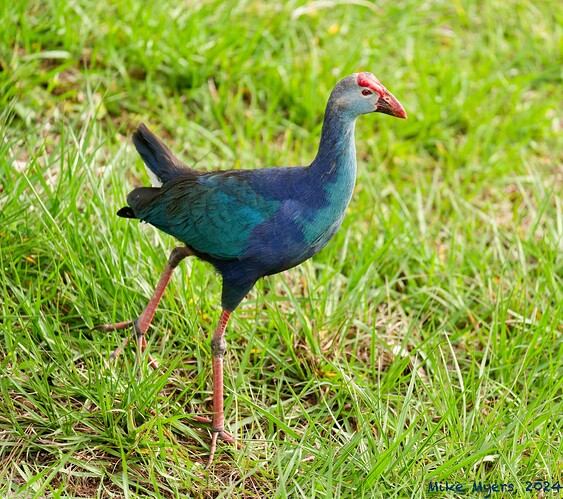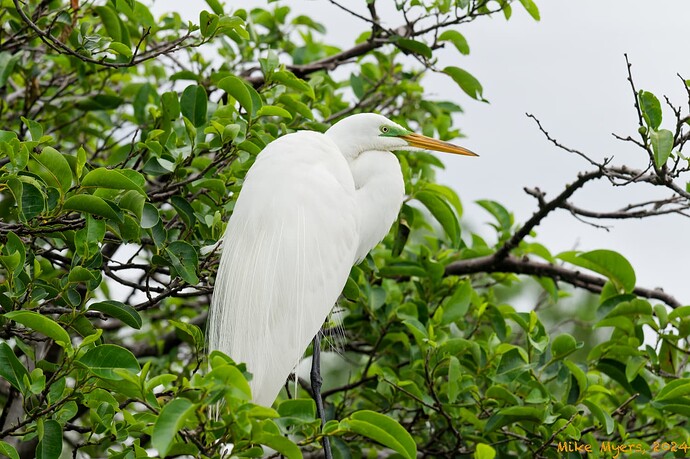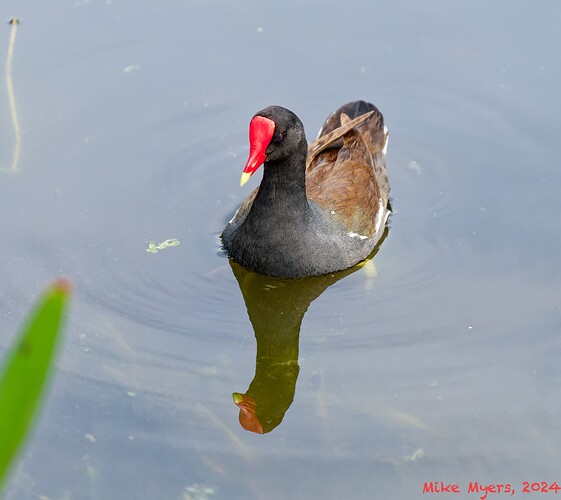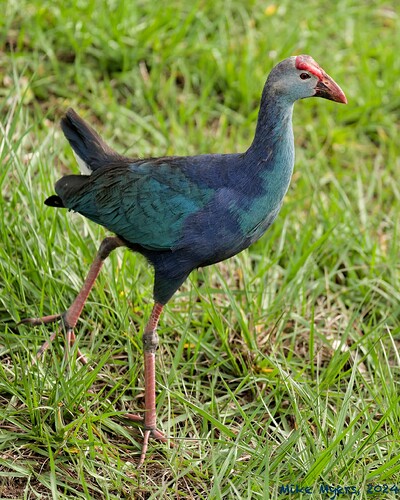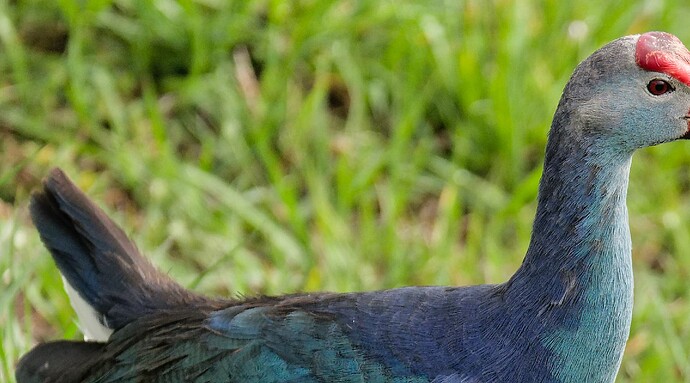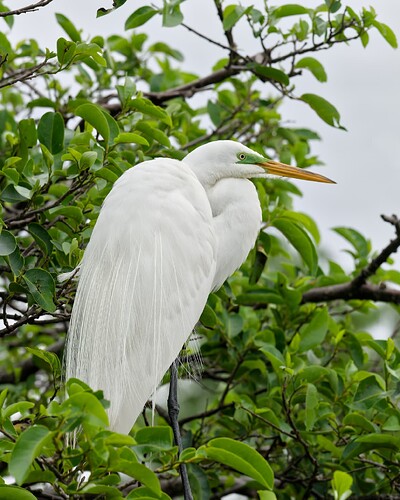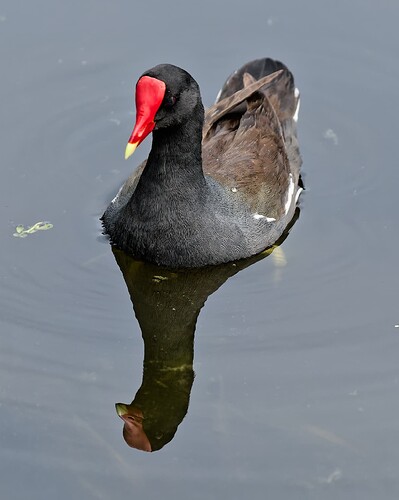About the same for the D780:
" The Nikon D780 is a full-frame DSLR camera announced by Nikon on January 6, 2020. It was released for purchase on January 23, 2020. It is the successor to the Nikon D750 and has incorporated a lot of technologies from mirrorless Z6 camera."
Back then, the comparison was valid. For me, buying a Z9, or Z8, or D6, was not an option. My own choice came down to D850 or D780.
Long after, I read Ken Rockwell’s review of the Z9/Z8 system, and I remember thinking that maybe when the Z10 comes out I might reconsider, but then I got a chance to use my friend’s Z8 for a while. Not for me.
I gave up two D750’s, for one “like new” D780, and most likely the D850 would have been my best choice. Too late now.
(I quickly tried a Z6 in the past, and it felt to me like a toy.)
(Seeing the real image, live, maybe through a mirror, and then a viewfinder, is what my brain expects. Seeing what “feels” to me like a television digital image breaks any connection I might have had.)
Despite everything, if I was forced to use a ML camera for a while, it would likely be a Z9. But I might say the heck with everything, and simply go back to my Leica M10. …and I should add, using my old D3 was a pleasure, but the technology is too old/limited. …oh, and finally, I am used to charging a (single) battery the night before, and having it last all day, and still having a lot of battery left over. ML cameras need to find a fix for that. My suggestion…
But all of this is mostly irrelevant. A camera is a box that captures images. The camera does not make better images, that’s for the photographer to do, regardless of the camera.
(Just as important today as the day it was written:)
https://www.kenrockwell.com/tech/notcamera.htm
![]()
![]()

